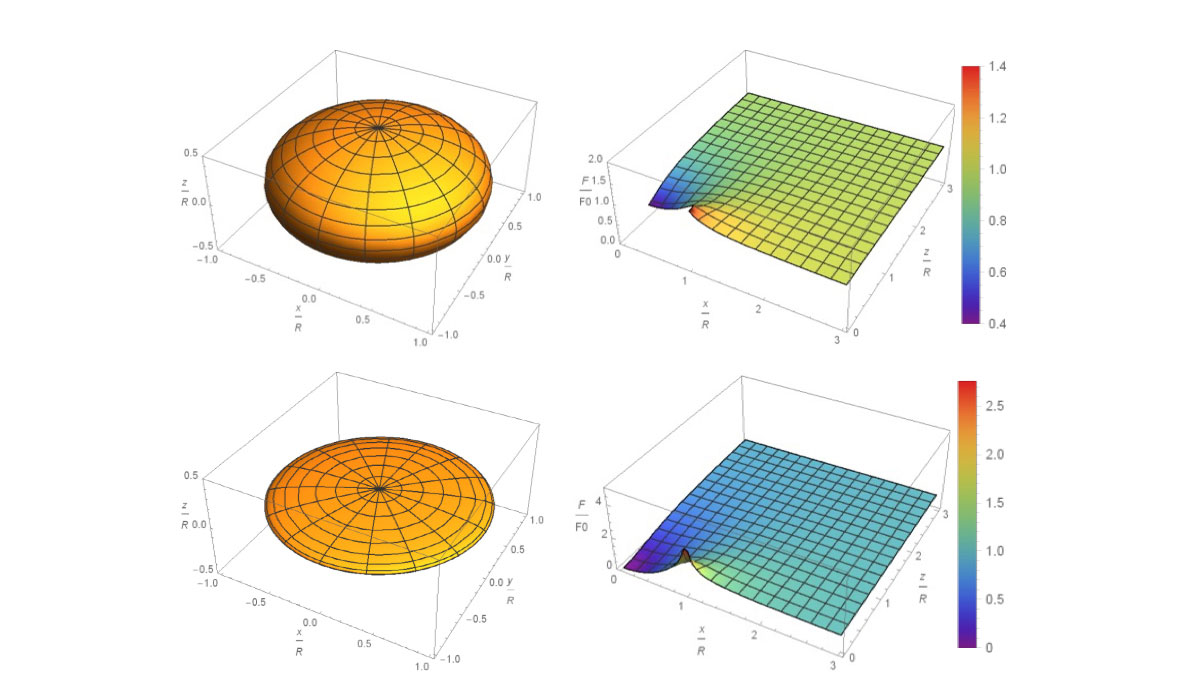June 27, 2016
Shining light on a dark matter
UOW physicist offers new clues to solving cosmological mystery.
In the decades since Swiss astrophysicist Fritz Zwicky in the 1930s and later American Astronomer Vera Rubin set off the greatest quest in modern physics – to find the cosmological glue, now known as dark matter, that binds our universe together – a UOW physicist has offered new clues for the still-fruitless search.
Dr Enbang Li will this month present the results on dark matter research work that could shake up cosmology.
According to Newton’s law of gravity, and in Rubin’s work, galaxies are spinning so fast that the gravity generated by their own mass can’t hold them together.
But if they aren’t tearing themselves apart, it remains a mystery what force is holding them in place.
“To astronomers, this fact leads to a remarkable conclusion: there are missing masses from the galaxies, and to solve this problem, dark matter was postulated, ” Dr Li says.
The problem with dark matter, is that because it doesn’t emit, absorb or reflect light, it can’t be seen with any powerful instruments available to scientists.
Only its gravitational effects can be measured and it’s the explanation that best fits the data.
In Vera Rubin’s seminal 1983 paper, she wrote that astronomers could approach their task “with some amusement”, recognising that they study only the 5 or 10 per cent of the universe that is luminous.
“The situation now is that we all know about dark matter but no one really knows what it is,” Dr Li says.
“While more efforts are currently being made for improving the detection sensitivity or extending the range of searching, it should be logical to re-examine if any fundamental factor has been overlooked in the current models for predicting the total gravitational mass.”
 Dr Li’s work demonstrates that additional gravitational effects are generated from non-spherical mass distributions.
Dr Li’s work demonstrates that additional gravitational effects are generated from non-spherical mass distributions.
One of those fundamental factors goes all the way back to Rubin’s 1983 paper, which used calculations based on a spherically shaped mass model.
“Galaxies all have very different shapes, from elliptical, spirals, barred spirals, to irregular galaxies, and their mass distributions, in most cases, are complex and significantly different from spherical,” Dr Li says.
Dr Li says the clues to resolving the question of dark matter’s existence are in the rotation curves of galaxies and the bending of light by gravitational force.
“When we have different mass distributions, for example spherical, elliptical, disc and barred spirals, my calculations show that if you have a non-spherical mass distribution, the gravitational force between the distributed mass and a test mass is going to be different.
“The calculation results show that when we compare a disk-like mass distribution to a spherical one, there is an extra gravitational force.
"If we apply this model to the galaxies, then we find there is enough force to hold a star in orbit.
"That’s why we need to consider this model and apply it to galaxies and galaxy clusters to explain the dark matter effect.”
According to Einstein’s general theory of relativity, as a light beam passes through a mass it bends. The effect is known as gravitational lensing.
"When a star is behind a galaxy or another star, it’s visible because the light bends and illuminates what would otherwise be hidden from view.
Dr Li says the observed gravitational lensing effects caused by the light deflection indicates that there must be more masses in the lensing galaxies to account for the observed phenomena.
“With different shapes that have the same total mass there are extra gravitational forces or gravitational potentials generated by the non-spherical mass distributions in the near-field areas and the light is bent sharper than with the standard spherical shape,” Dr Li says.
“It should be emphasised that the extra gravitational force becomes obvious only in the near-field areas. Move a little bit further away and the spherical model applies.”
“The two direction evidences of dark matter, flat rotation curves of galaxies and the gravitational lensing effects are both generated by the non-spherical mass distributions in the near-field conditions.”
So, what if dark matter is not there at all? What if the elusive holy grail of dark matter is the cosmological equivalent of tilting at windmills?
Dr Li acknowledges his model could cause consternation in the scientific community.
From the CERN Large Hadron Collider in Switzerland, to the Australian experiment that is using an old underground gold mine in Stawell, Victoria, that will serve as a subterranean laboratory, scientists are searching for an as-yet elusive particle that could be the building blocks of dark matter, and the universe itself.
“All of the observed phenomena could be explained under the frameworks of Newtonian gravity and Einstein’s general theory of relativity without dark matter.
"The so-called dark matter could be the additional gravitational effects generated by the non-spherical mass-distributions of the cosmic structures.”
Dr Li’s work will be presented at the ARC Centre of Excellence for All-sky Astrophysics (CAASTRO) annual scientific conference, to held from 18 to 22 July.
:format(jpg)/prod01/channel_3/assets/live-migration/www/images/content/groups/public/web/media/documents/mm/uow217359.jpg)